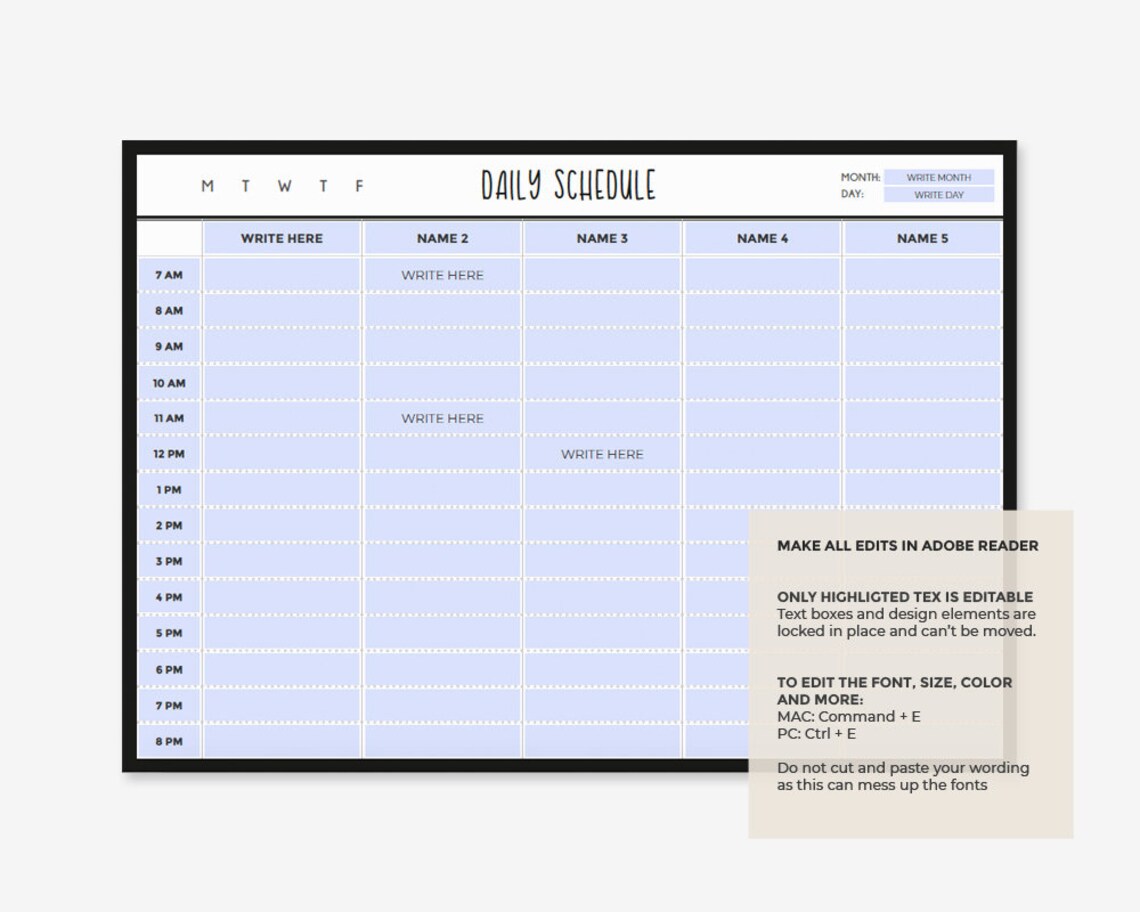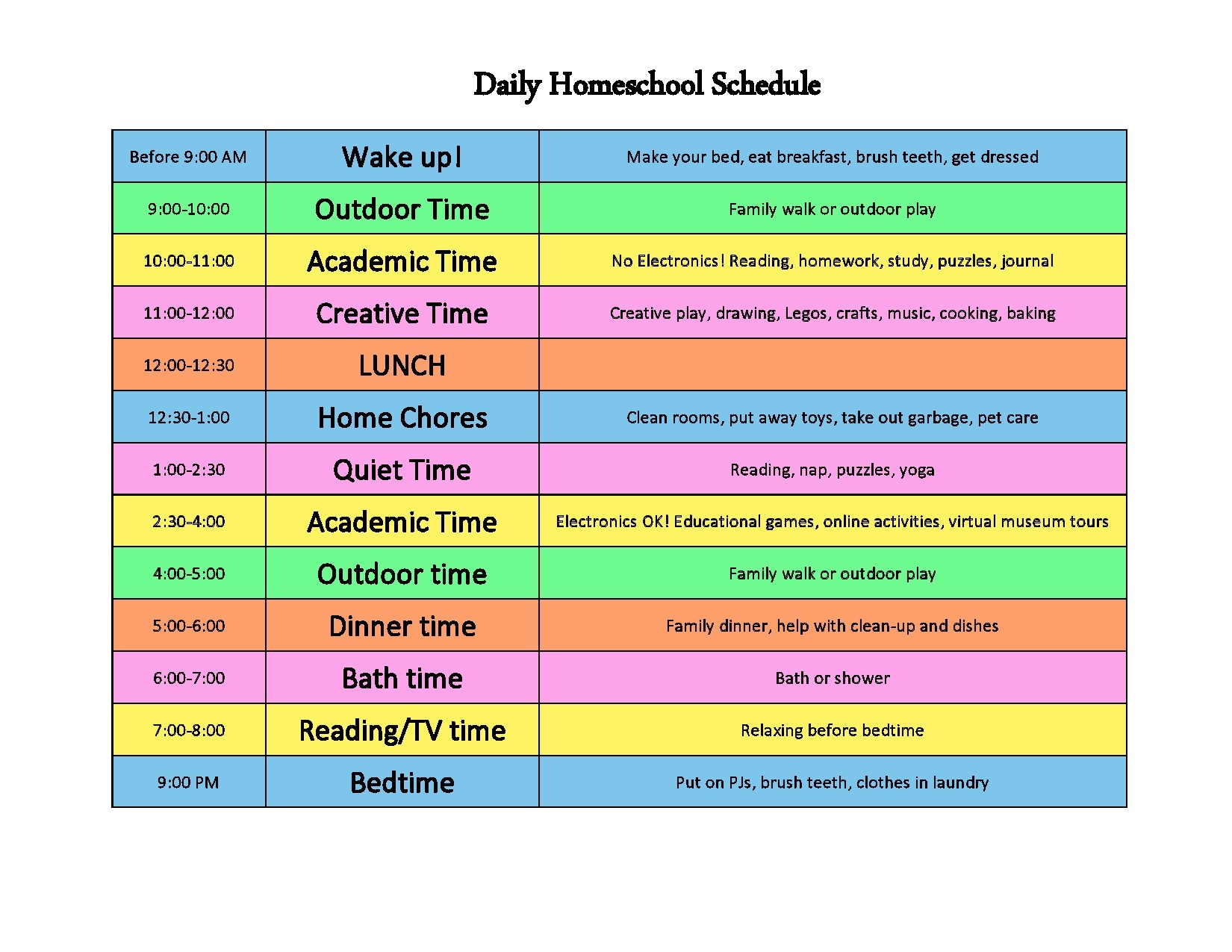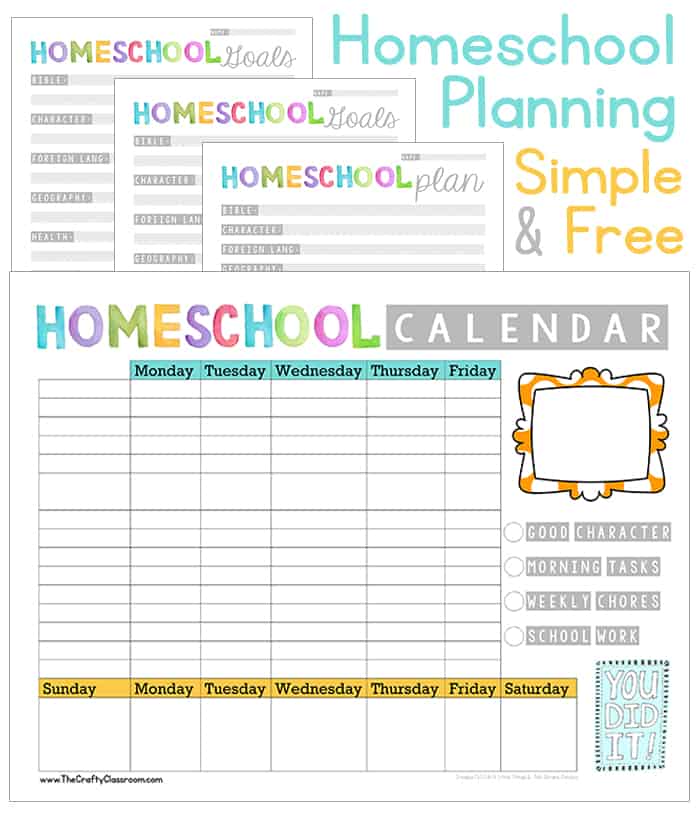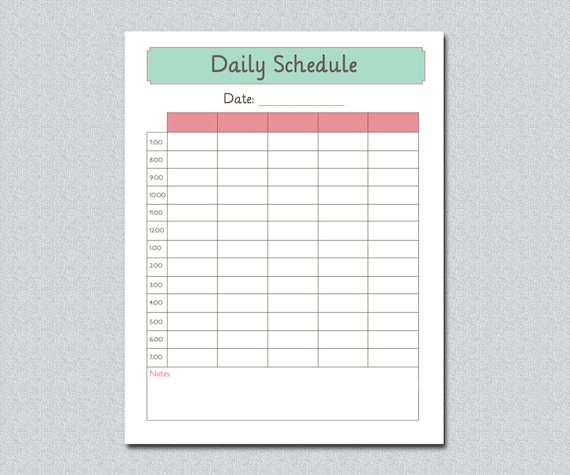

Motor Skill Activities, Extracurricular ActivitiesĪfternoon: Academic Learning Activities (Math, Literacy, Science) A semi-structured homeschool schedule works well for families who enjoy having a stable schedule but find adhering to block scheduling too restrictive or stressful.Ī semi-structured schedule for preschool homeschooling may look like this: Time Period With a semi-structured schedule, tasks are assigned a general period to be completed within, instead of a strict time schedule.

If you decide to follow a block schedule, it might be worth it to create a backup schedule for any interruptions that may occur throughout the day. Activities are performed within their dedicated time blocks.Ī block schedule for preschool homeschooling may look like this. If your family thrives on structure and routine, consider using a traditional block schedule for your preschooler.Ī block schedule operates similarly to a traditional school schedule. Some families benefit from having highly structured, timed daily schedules. Preschool homeschooling offers children the chance to learn and develop at their own pace without too much pressure to keep up with a class. One of the beauties of homeschooling is the freedom from strict timing and scheduling. You can now use this time to prepare for the next activity, get a snack or a meal ready, or just take a breather.
FREE HOMESCHOOL DAILY SCHEDULE TEMPLATE FREE
Independent play for your child means free time for you. Independent play in a homeschool schedule could also include educational work that your child can complete on their own. Independent play engages your child’s creativity and imagination, practices their fine motor skills, and teaches them skills in social independence and self-soothing. Independent play involves giving your child activities or games they can complete on their own. Find museums, libraries, wildlife parks, and nature trails that will provide your child with age- and level-appropriate learning opportunities. Incorporating occasional field trips into your daily preschool homeschool schedule is also a great way to engage your child in hands-on real-world learning. Just like in traditional schooling, extracurricular activities help preschool homeschoolers find their passions and learn skills outside of the homeschool curriculum. Art activities such as painting, cutting, gluing, and folding also practice fine motor skills. This may include running, climbing stairs, jumping, and playing sports.įine motor skills are practiced through handwriting and line tracing, as well as in handling small objects such as puzzle pieces, Lego blocks, buttons, and zippers. Gross motor skills are often practiced when engaging in physical education or outside play. Preschool-age children need to have mastery of their gross motor skills (large muscle movement) and fine motor skills (hand-eye coordination and small muscle movement).


Science Skills that can be incorporated into a preschool curriculum include the following:


 0 kommentar(er)
0 kommentar(er)
